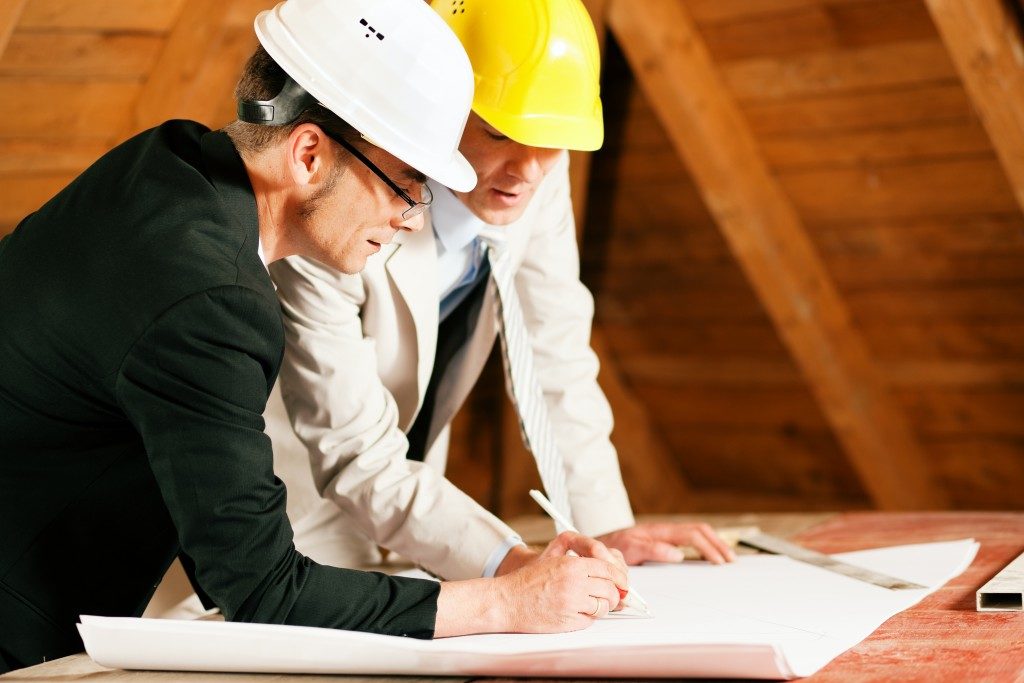While construction does involve heavy lifting, there’s a lot of legwork associated with it as well. Paperwork is never far away from the next brick that needs to be laid, as the foreman will need to record how this affects their construction supplies. And while you can certainly tune the equipment and buy all the materials, the environment may be a little trickier to construct.
Because construction sites aren’t’ necessarily spick and span the entire time, there’s a chance that you may lose something in the workplace. That can have consequences as irritating as misplacing a part to losing an entire shipping manifest.
So, while your project may still be a work in progress, your working conditions don’t have to be. Here are some ways to optimize your workspace and still get the work done at the same time:
Be organized
It’s easy to focus all your time and effort into making sure the wall gets up on schedule or the delivery of that rebar be carefully coordinated, but you also need to look at your surroundings. These tasks often demand a lot of paperwork, and being unorganized—especially if you’re the foreman—can put a significant hiccup in your operations.
A good way to get past this is to start embracing the “office” aspects of the job and outfit yourself accordingly. Organizers, hardware, and site supplies are as essential as the building materials and construction equipment that you’ll be using. Making sure everything can be filed and found at a glance can do wonders for your operations.
Have a space for everything
At the worksite, it can often be difficult to tell where the work begins and the management ends. With everywhere having something going on, it may be difficult for managers to get a clear view of who’s doing what. To solve this, having clearly delineated spaces in the workplace can help you keep track of what’s going on.

This can be something as simple as having a specific table or space aside that will only hold paperwork, such as blueprints or manifests, to having separate areas for each stage of the construction process throughout the day. Efficient use of the space around you helps keep things organized and can prevent workplace hazards or accidents.
Always have a process
Sloppy work leads to sloppy construction. One of the ways to avoid that is to have a clear conversation with everyone on site about how things should be done. Processes are extremely important in any work that requires group effort—and few things require as much collaboration as working on a building.
Knowing how to do it, who should be doing it, and when it should be done is critical to good workplace processes. Not only will this allow you to quickly identify problem areas on the site when they do arise, but it can also help you speed up existing processes for much better turnaround time for the building’s completion. Make sure you have all the supplies you need to keep the project on schedule.
